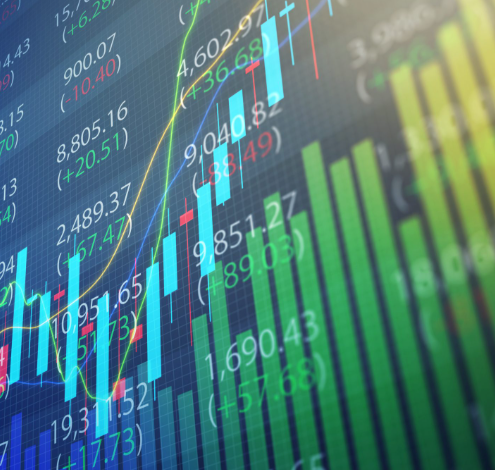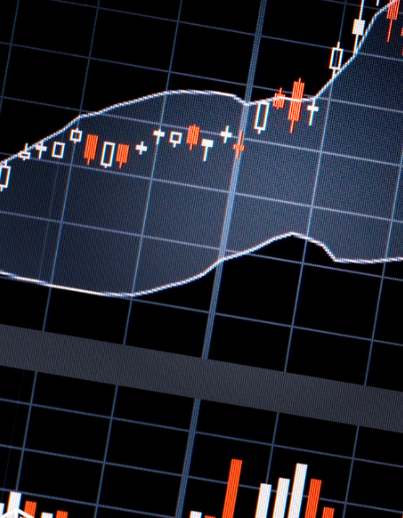The Four Key Pillars of Successful Trading

Trading in financial markets can be a rewarding pursuit, but it’s far from simple. It’s not just about starting with a small amount and watching your profits grow—successful trading requires time, skill, dedication, and discipline. To truly succeed, traders need to focus on four critical areas:
- Fundamental analysis
- Technical analysis
- Trading psychology
- Risk management
Some traders prefer to rely on news and macroeconomic data, while others focus on charts and technical indicators. But in my experience, a balanced approach that combines both methods leads to the best decision-making. Regardless of your approach, two key factors remain essential for success: emotional control and consistent risk management.
Understanding Fundamental Analysis
Fundamental analysis is often the first tool traders turn to when analyzing markets. It can encompass a wide range of information, including economic data, company performance metrics, and political events. For most traders, however, macroeconomic data is the most important. Key economic indicators such as interest rates, GDP, inflation, and employment numbers regularly influence market movements.
For short-term traders, knowing when important data is scheduled for release can make a significant difference. These announcements can cause swift price fluctuations, so understanding their potential impact in advance is crucial. Economic calendars are useful tools for this, but it’s important to note that updates can sometimes take a few minutes, so it’s vital to stay ahead of the market.
The Power of Technical Analysis
In my view, charts offer the clearest and most honest reflection of market sentiment. Price movements on a chart combine all the factors influencing the market—economic data, investor emotions, and market speculation. While anyone can read a chart, it takes practice and discipline to interpret them accurately.
Most traders begin by focusing on basic chart patterns like support, resistance, and trends. Some may incorporate more advanced technical indicators, such as oscillators and moving averages, to enhance their analysis. Regardless of the tools you use, it’s important to establish a structured trading strategy and follow a set of rules, especially when emotions tempt you to break from your plan.
Mastering Trading Psychology
Trading psychology is arguably the most important factor in determining success or failure. Many traders fail because they let emotions dictate their decisions. The real challenge often comes when you’re holding a winning position—staying calm and making rational choices is tough when your emotions are involved.
One of the most valuable tips is to follow a set of objective rules rather than making decisions based on gut feelings. Instead of thinking, “I’m sure the price will go up, so I’ll buy now,” consider a more structured approach: “If the price breaks 5 pips above 1.0945, I’ll buy at 1.0950 with a stop loss at 1.0910 and a target of 1.1040.” Keeping your trades systematic and unemotional will help reduce stress and improve overall performance.
The Importance of Risk Management
Capital preservation is a fundamental aspect of successful trading. If you lose all your capital, you can no longer trade. That’s why setting risk limits—both on a per-trade basis and for your overall portfolio—is crucial.
For example, limiting your risk to 1% of your equity per trade, 2% per day, and 4% per week ensures that any losses remain manageable. If your losses reach these limits, it’s time to stop trading for the day or week. These rules should be treated as non-negotiable. Ignoring them can lead to larger losses and higher psychological pressure, which may push you to make even worse decisions. Stick to your limits and protect your capital at all costs.
Conclusion
To be a successful trader, it’s essential to develop a well-rounded approach that incorporates fundamental and technical analysis, as well as strong psychological discipline and risk management. By focusing on these four pillars, you’ll be better equipped to handle the ups and downs of trading while minimizing unnecessary stress and maximizing your potential for success.




